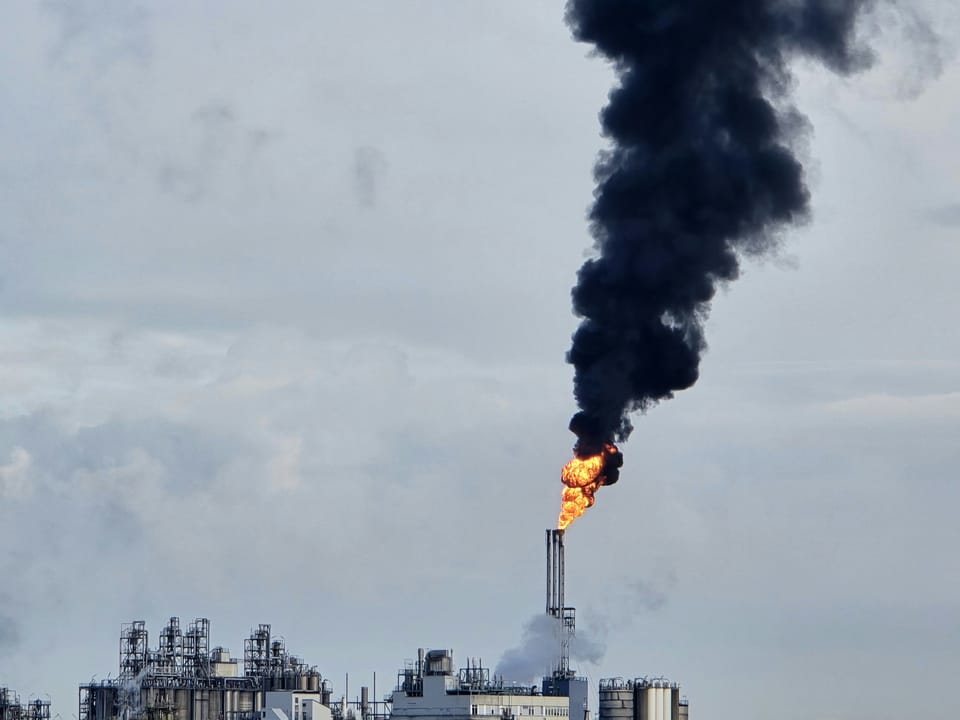Existing technologies could avoid 70% of fossil fuel methane emissions – yet these continue to rise

The latest International Energy Agency (IEA) Global Methane Tracker shows that methane emissions remained at a ‘stubbornly high’ 120 million tonnes in 2024, despite the fact that existing cost-effective technologies could help avoid 70% of that.
The fossil fuel industry has everything it needs to tackle methane emissions – including a business case, since the gas captured at production facilities can be resold as energy – yet record oil, gas and coal output and “limited mitigation efforts” have led to the continued increase in emissions of this highly warming gas.
This is the conclusion of the IEA’s Global Methane Tracker 2025, which also warns that methane emissions are “widely underreported”. The tracker used data from more than 25 satellites in orbit instead of self-reported information from companies and countries, and found that very large leaks from oil and gas facilities rose to a record high in 2024.
“Tackling methane leaks and flaring offers a double dividend: it alleviates pressure on tight gas markets in many parts of the world, enhancing energy security – and lowers emissions at the same time,” said IEA Executive Director Fatih Birol.
“However, the latest data indicates that implementation on methane has continued to fall short of ambitions.”
Abandoned fossil fuel facilities produced 8 million tonnes of methane in 2024
The 2025 update of the Global Methane Tracker adds several new elements, including country-level historical emissions data, an interactive tool to explore international methane initiatives and estimates of emissions from abandoned fossil fuel facilities.
The fossil fuel sector is responsible for nearly one-third of global methane emissions, and abandoned oil and gas wells and coal mines together contributed around 8 million tonnes to this last year. This new data suggests that abandoned fossil fuel facilities are the world’s fourth-largest emitter of fossil fuel methane, and highlights the need for companies to better manage the end of life of their assets in order to mitigate emissions.
“The agriculture and waste sectors are also major sources of methane emissions, but fossil fuel supply offers the greatest potential for immediate reductions in methane emissions. Solutions that lower methane emissions from fossil fuels to near zero already exist, and they could be deployed today at little – or even negative – cost,” the IEA explains in the report.
Emissions mitigation and commercial opportunity
On top of their potential to avoid 70% of global methane emissions, existing and cost-effective technologies could have also brought an extra 100 billion cubic metres of gas to market in 2024 – on par with Norway’s total gas exports – which would help improve energy security.
A further 150 billion cubic metres of natural gas is flared globally each year, the majority of which is part of routine practices and can be avoided, according to the IEA.
The Tracker also warns that although current methane pledges by companies and countries cover 80% of global oil and gas production, just 5% of global oil and gas output demonstrably meets a near-zero methane emissions standard, stressing a concerning gap between commitments and action.







Member discussion